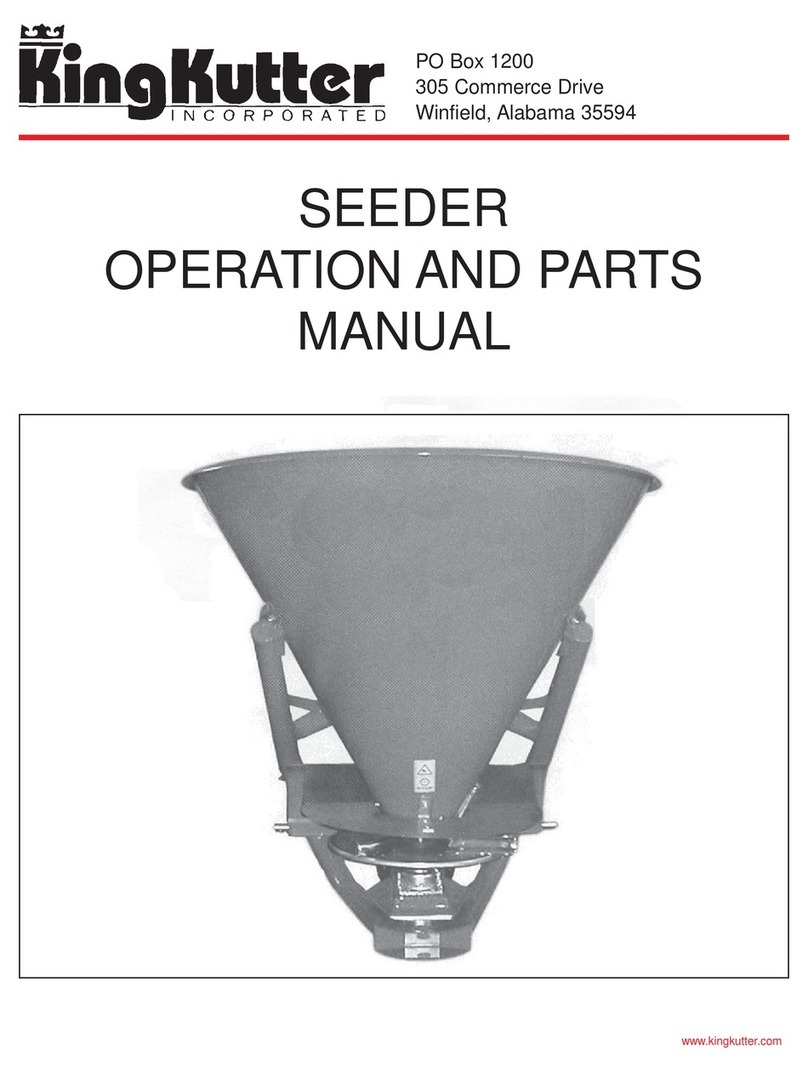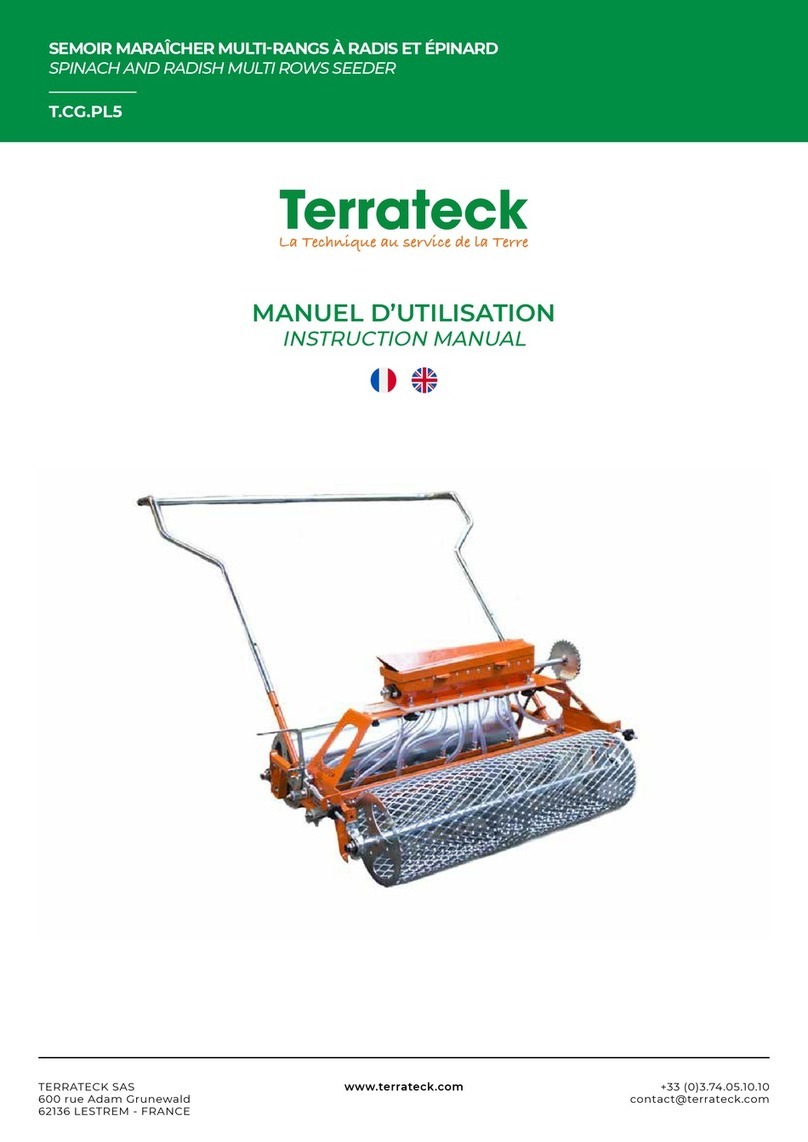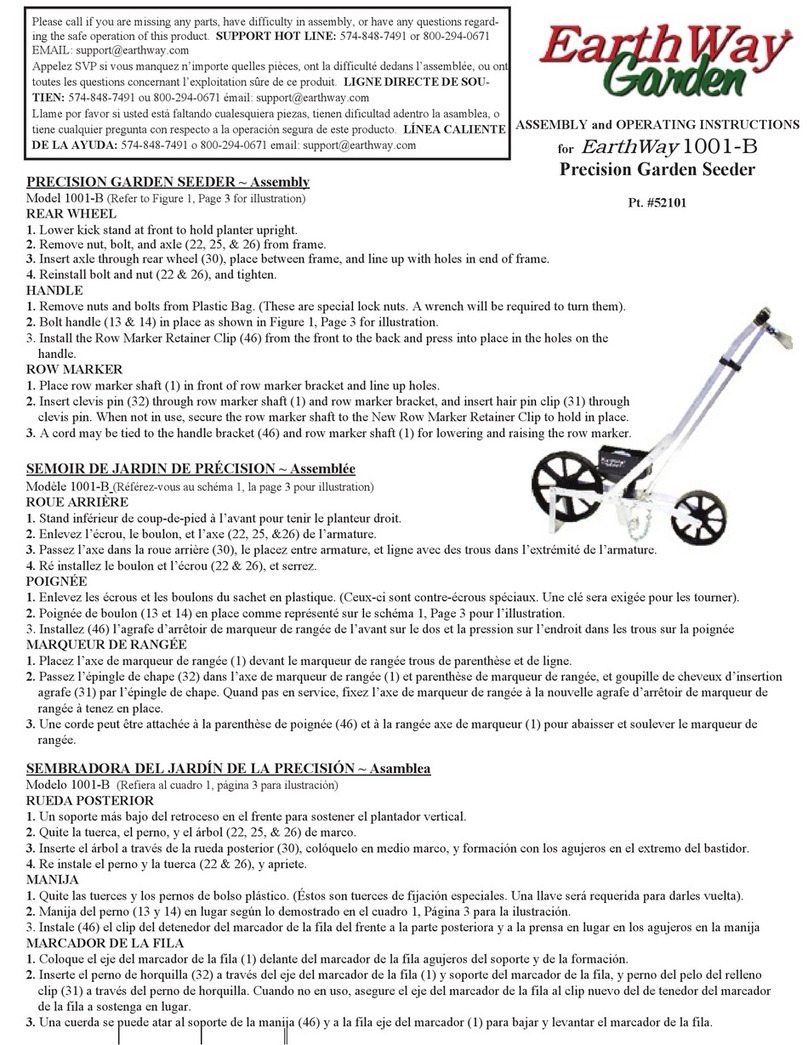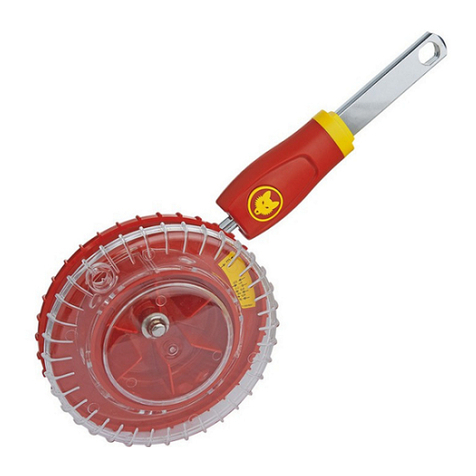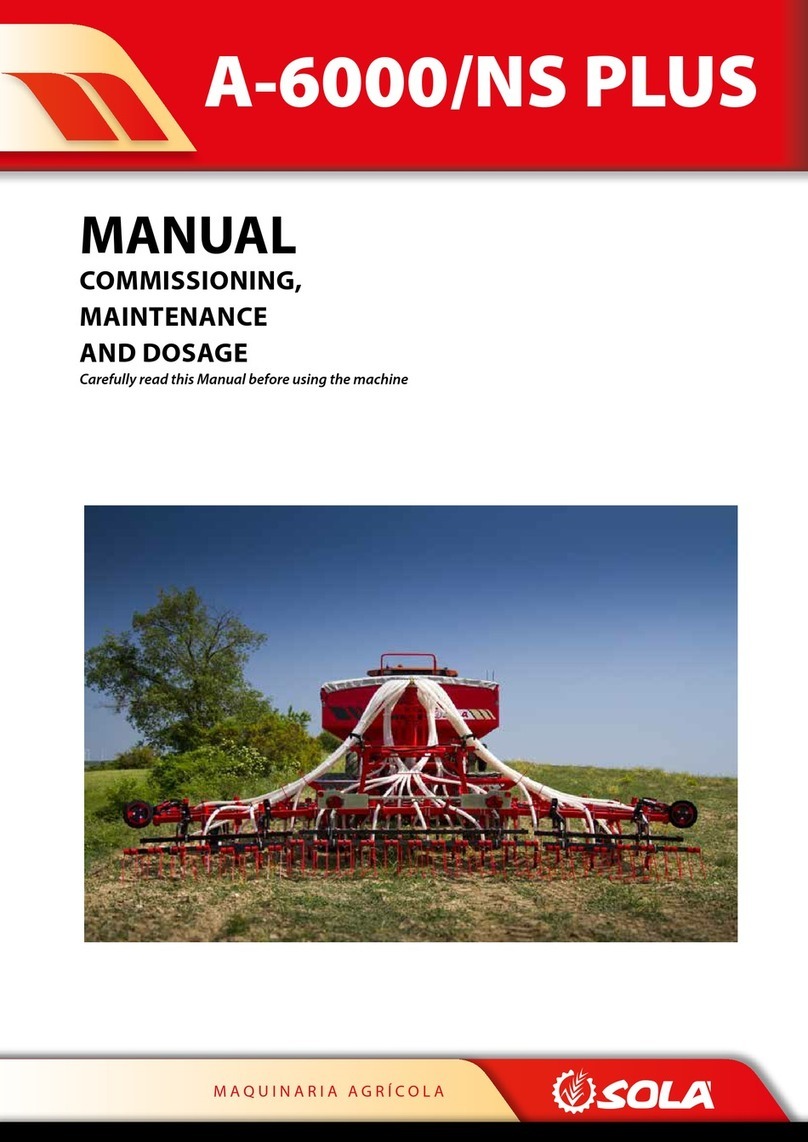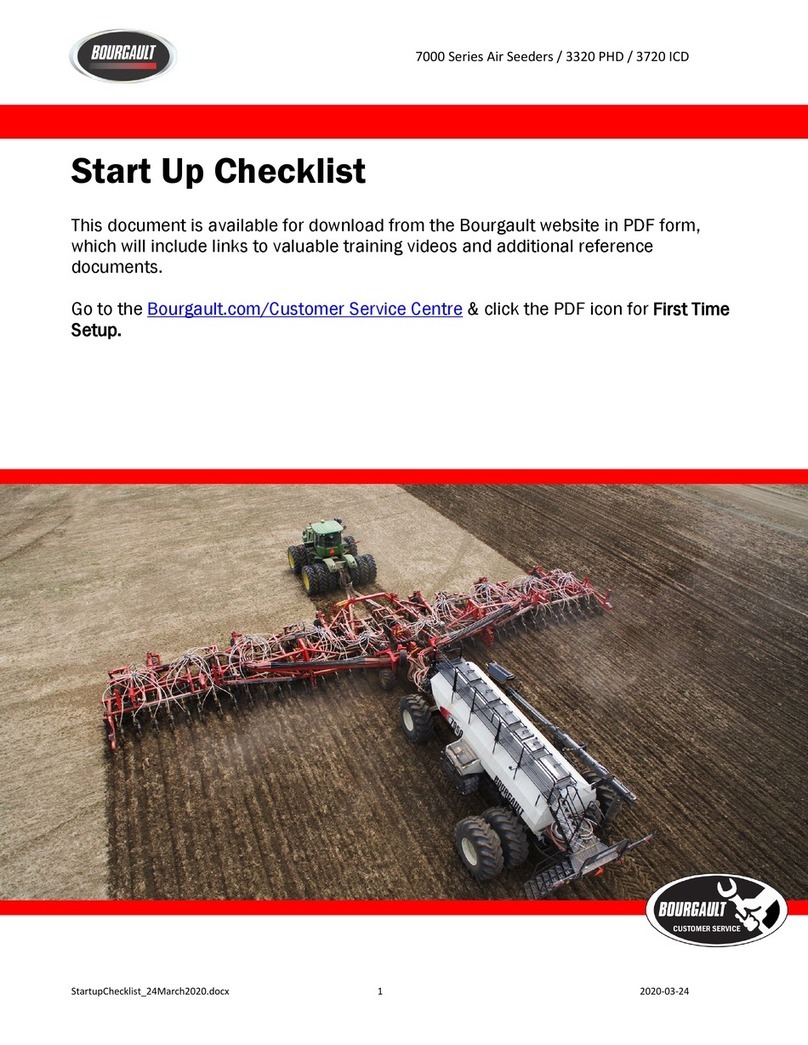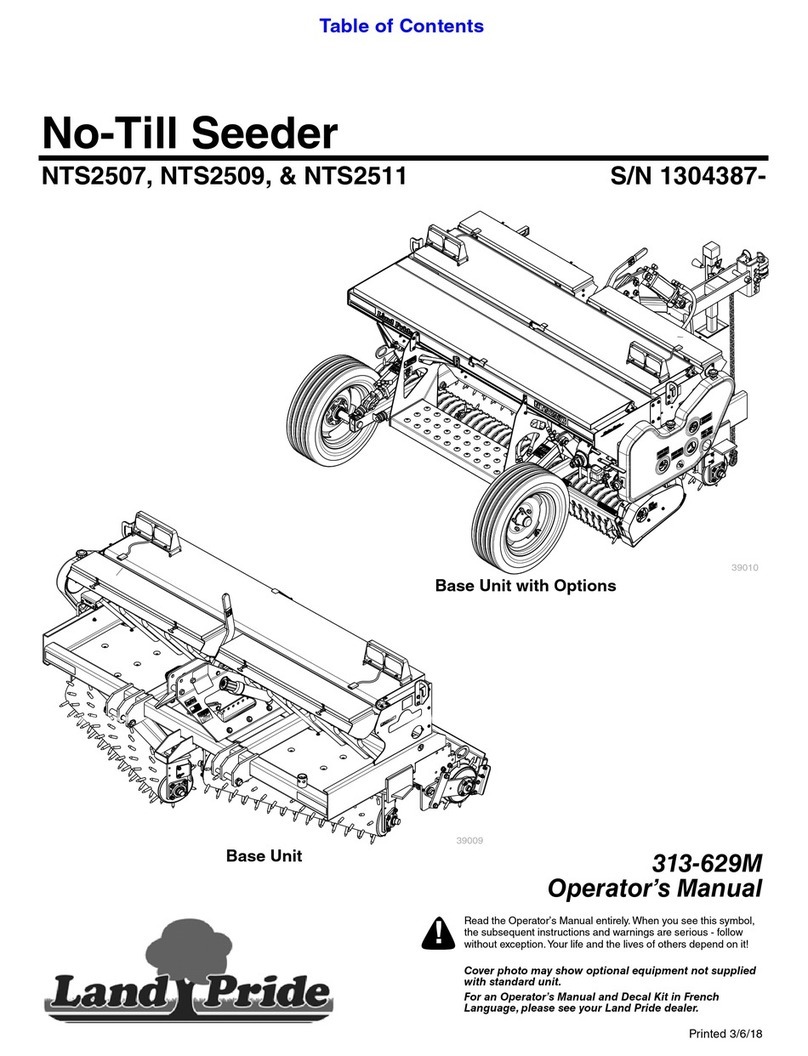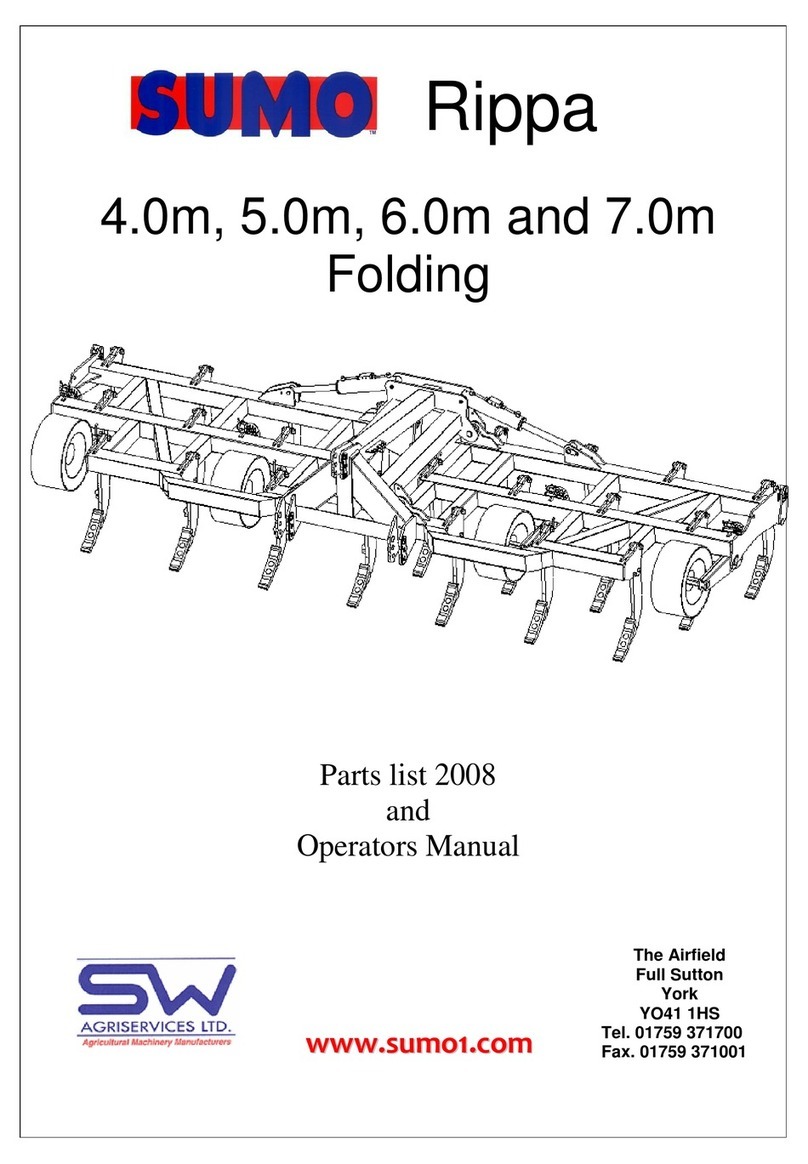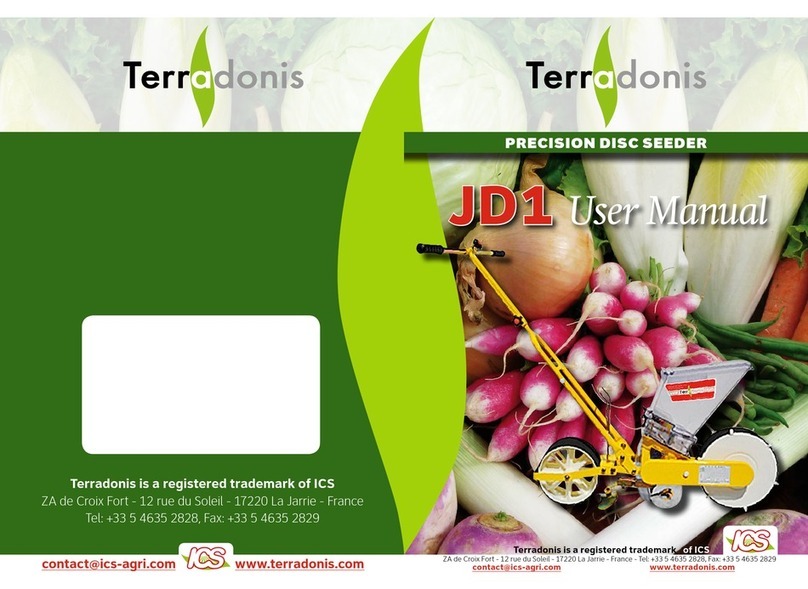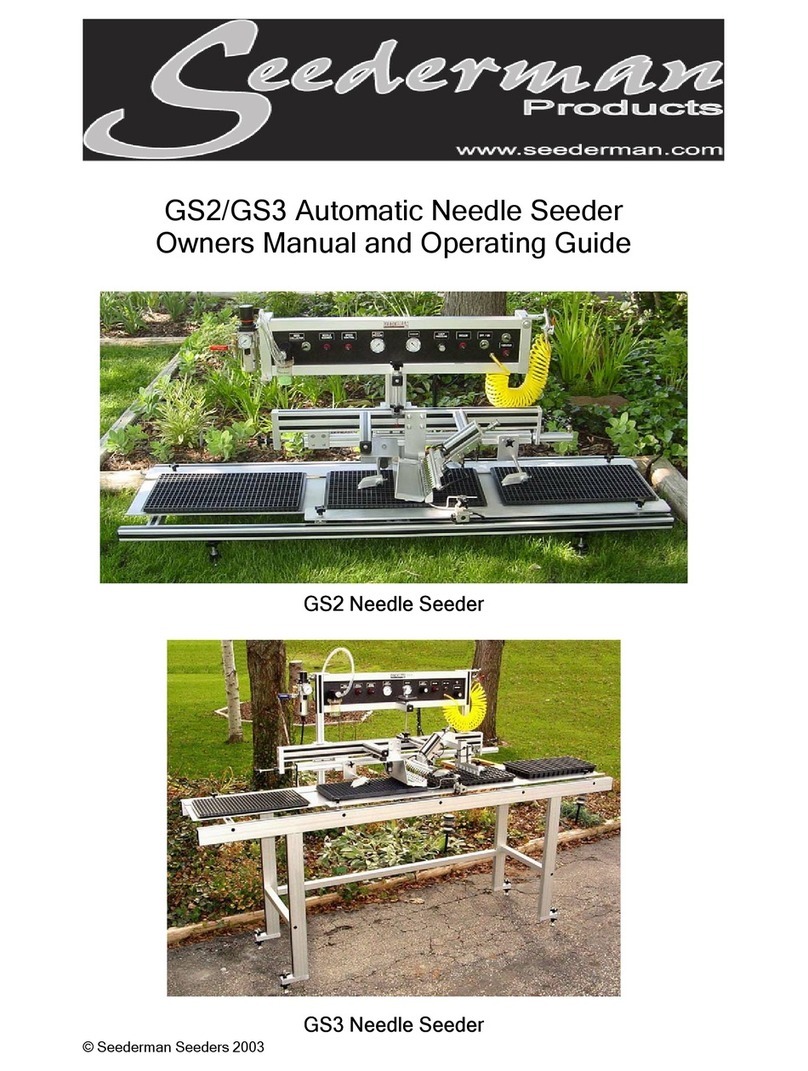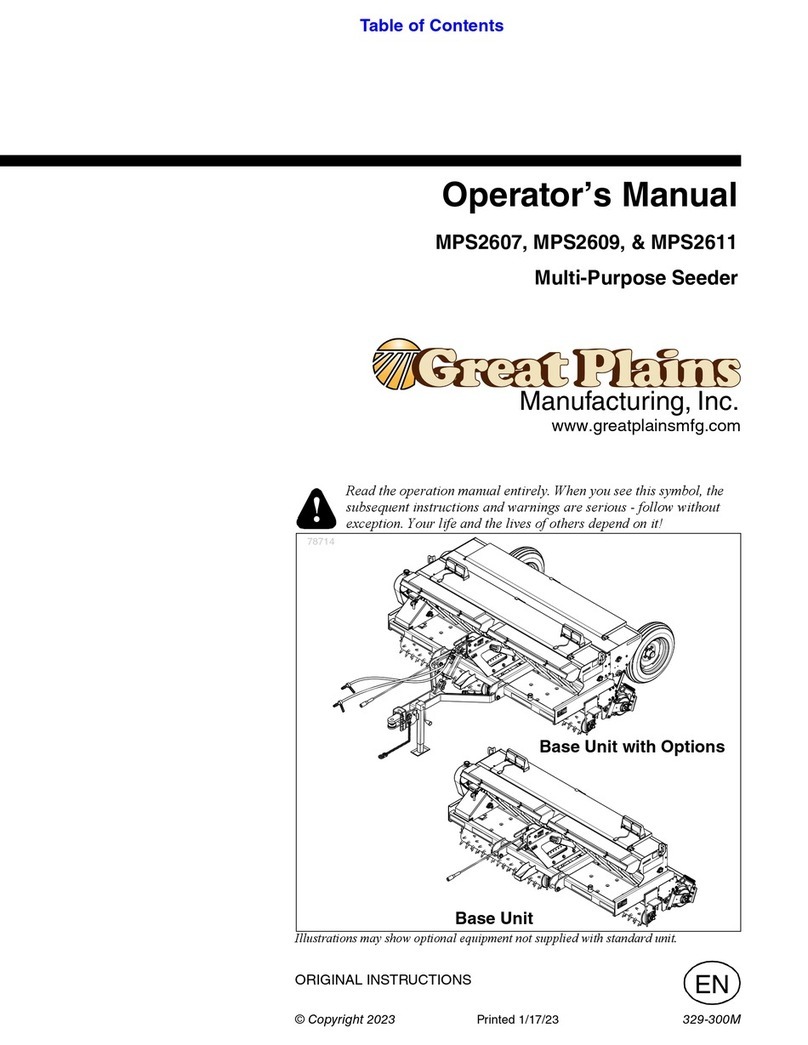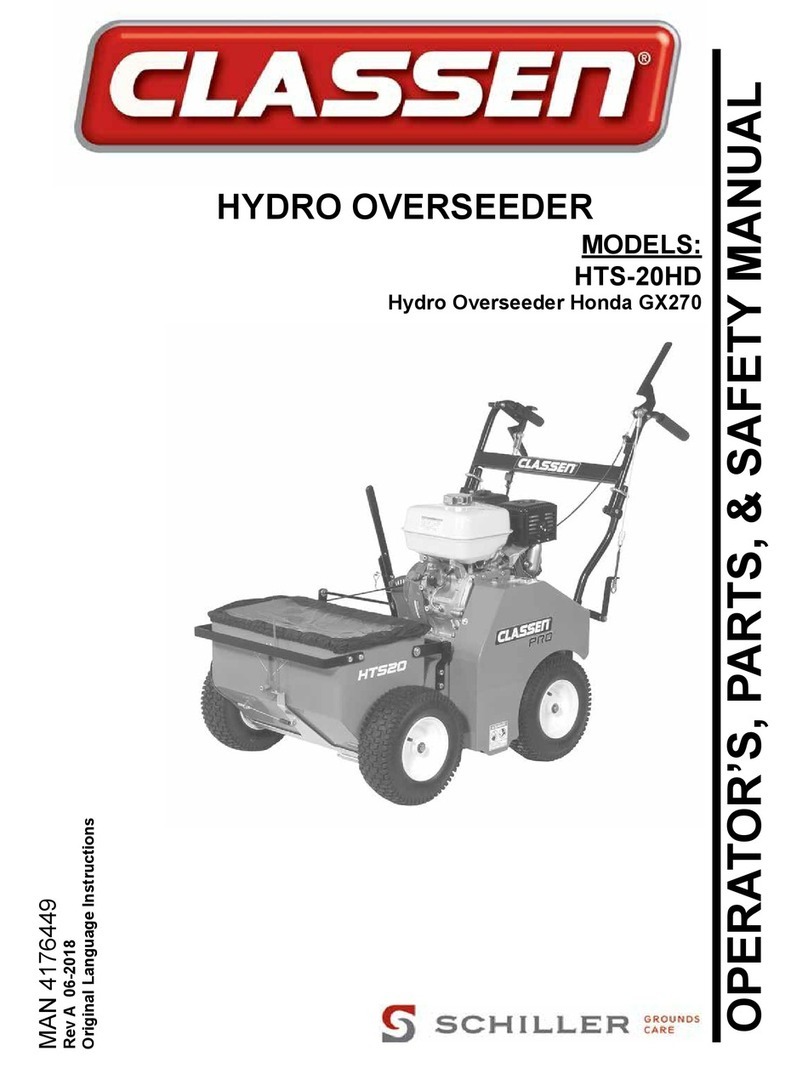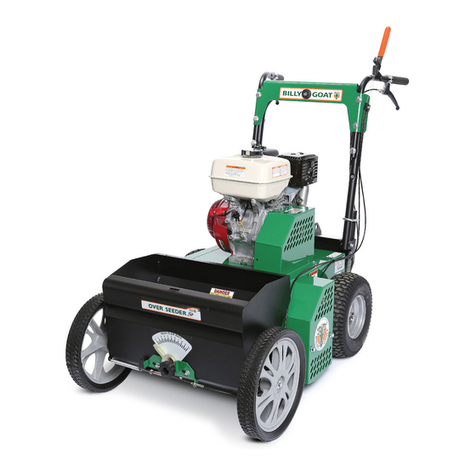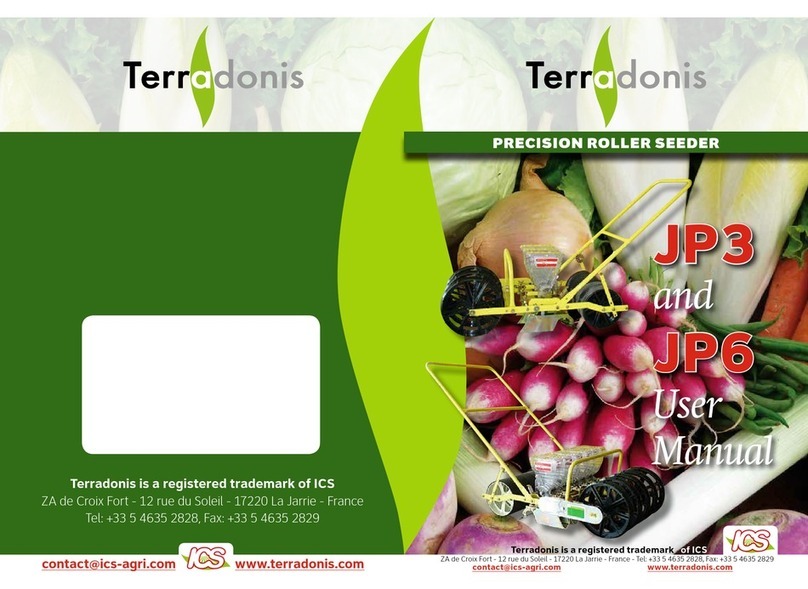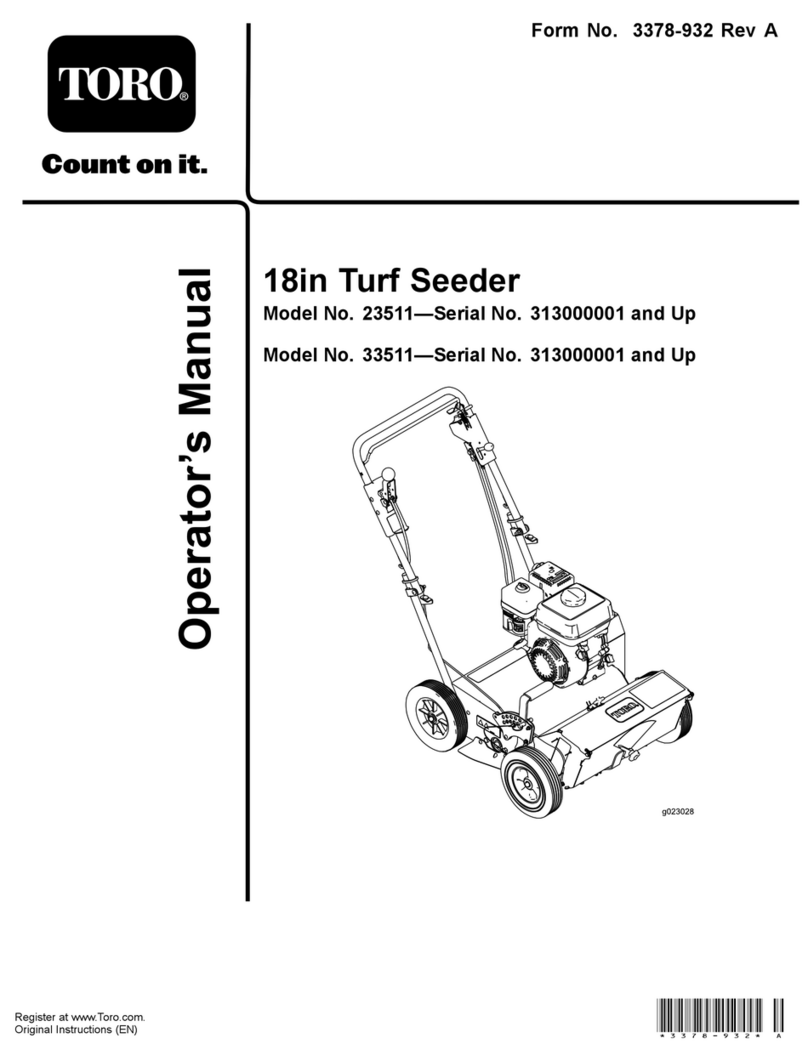
Use and Maintenance Manual
Page 05
1. INTRODUCTION
1.1. GENERAL INFORMATION
This manual describes how the machine works and provides
instructions on how to execute the main operations correct-
ly, as well as ordinary and periodic maintenance.
This manual is divided into chapters which are easy to iden-
tify and consult.
The indications provided in this manual are intended for a
professional user, who must have specic knowledge of the
modalities of use of the machine and must be authorised, in-
structed and suitably trained.
The use of original accessories and spare parts is recommend-
ed. Besides invalidating the warranty, the use of non-original
spare parts could be dangerous, reducing the duration and
performance of the machine.
1.2. COPYRIGHT
The copyright for this manual belongs to the machine’s Man-
ufacturer. This manual contains texts, drawings and technical
illustrations that cannot be disclosed or transmitted to third
parties, in whole or in part, without prior written authorisa-
tion from the machine’s Manufacturer.
1.3. INFORMATION ABOUT THE MANUAL
This manual is to be considered an integral part of the ma-
chine and must accompany it if it is resold and until it is de-
stroyed.
In case of loss or damage to this manual, request a new copy
from the manufacturer (insert manufacturer's name, address
and telephone number) or from the dealer (insert dealer’s
name, address and telephone number).
The relevant pictograms are displayed on the machine and
the operator must ensure that these are kept in perfect con-
dition and replaced when illegible.
This symbol indicates that it is nec-
essary to pay maximum attention
to the issue in question.
The EC Declaration of Conformity is attached to this manu-
al (if the machine is CE marked).
Some devices described in the manual may not be included
with your machine, due to the chosen ttings and the market
for which the machine is intended.
1.4. MANUAL UPDATING
The information, descriptions and illustrations in this manual
reect the state of the machine at the time it is sold.
The Manufacturer reserves the right to make changes, at any
time, to the machines for commercial or technical reasons.
These alterations do not obligate the Manufacturer to inter-
vene as regards commercial vehicles sold up to that point nor
to consider this manual inadequate.
Any integration that the manufacturer considers appropriate
to make at a later stage must be kept together with this man-
ual and considered an integral part of it.
